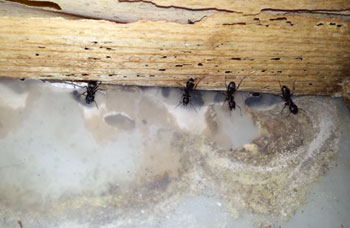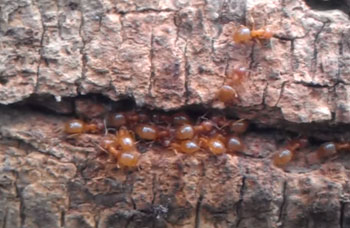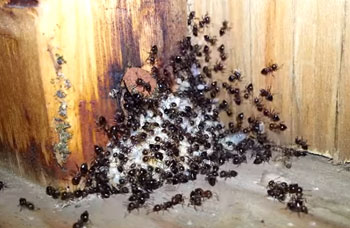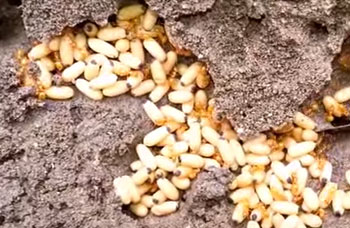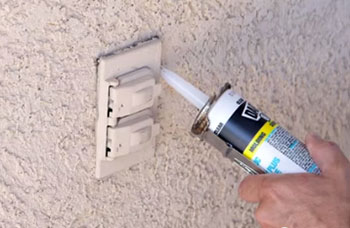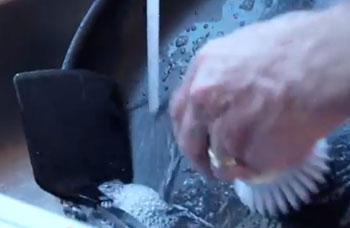Ant Types & Facts
Citronella Ant Facts
- Typically no longer than 1/8th of an inch; yellowish brown to dark brown in color.
- Outdoors they typically nest near moisture sources and in dead or decaying wood.
Ant Photos
-
 Carpenter Ants
Carpenter Ants -
 Carpenter Ants
Carpenter Ants - View More Photos
Citronella Ants
Citronella ants are small, yellow insects that, when crushed, release a lemon scent into the air. Only about 4 to 5 mm long, these ants feed almost exclusively on a substance known as honeydew, which is secreted by aphids and a few other small bugs, and have been known to acquire this food source by tending aphids in subterranean “farms.” They rarely venture indoors, but they do occasionally fly inside while swarming.
What Are Citronella Ants?
As they are honey-colored and reproduce in flying swarms, these ants are sometimes mistaken for termites. Unlike termites, however, they are largely harmless. Citronella ants live most of their lives in the soil, and despite the presence of colonies all across the United States, most people will never even see one.
Acanthomyops typically build their nests inside rotting logs or other high moisture areas, and for this reason, they are known as “moisture ants” in some places. Their nests are usually easy to find, as their construction may result in piles of excavated dirt left on the surface. Their colonies number in the low thousands and are most abundant in northeastern states.
Citronella Ant Infestation
The most common nuisance problem associated with these insects is swarming citronella ants accidentally entering into the home in the summer months. They do not present any danger while swarming, and after the activity is completed, all the males will quickly die off. The females will lose their wings and search for fresh soil in which to form a new colony.
Occasionally, though, these ants will nest inside a home. This activity usually indicates a moisture problem somewhere inside the structure and could also signify that some wooden building materials are damaged or rotting. Citronella nests could lead to the further degradation of this material.
How to Get Rid of Citronella Ants
If faced with a swarm, vacuuming up the flying insects is the safest and quickest method for removal. The next step is to properly identify the pests and ensure that they are not termites. To do this, you could crush one and check for the lemon scent or contact a pest expert.
Nests can be eliminated through the use of insecticides. To ensure the removal of any interior infestations, though, you must find and repair the water leaks or moisture problems that attracted the ants inside. Standard exclusionary methods, such as sealing small cracks with caulk and storing firewood away from the home, are also recommended.
Citronella Ant Bites & Treatment
Citronella ants are not associated with any health issues or almost never bite humans.
